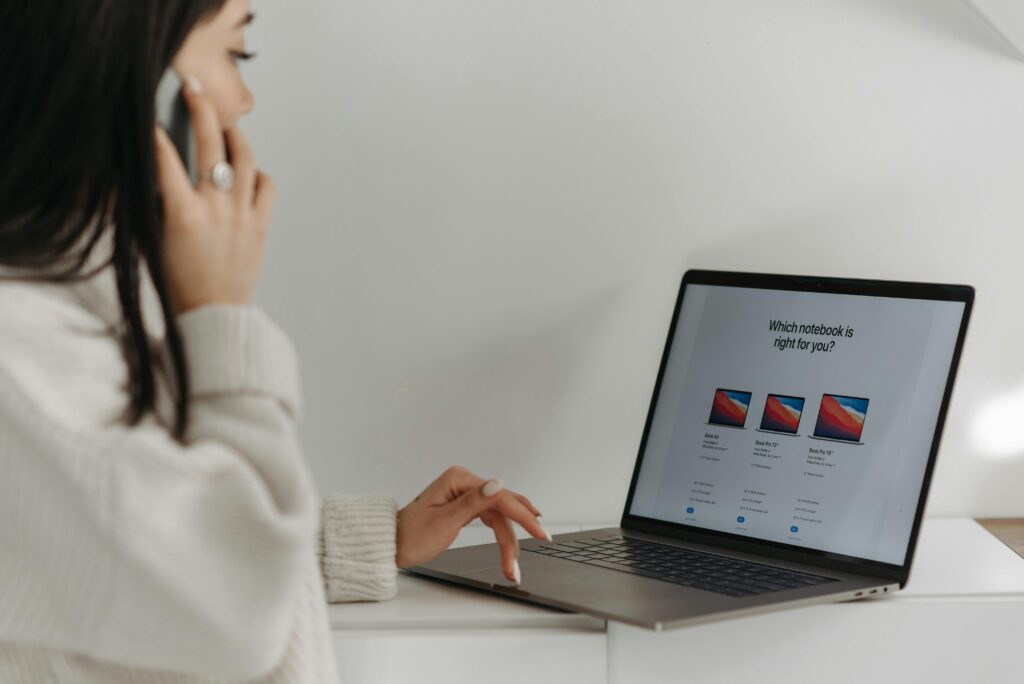
In today’s fast-paced and digitally-driven world, the belief that you need a significant amount of capital to start a business is becoming increasingly outdated. While having financial resources can help accelerate growth, it’s no longer a mandatory prerequisite to get started. The truth is, many businesses have taken shape from nothing but ideas, determination, and access to free tools available online.
If you’re willing to replace money with time, energy, and creativity, starting a business with zero capital is not just possible it’s happening every day around the world. This article explores how you can realistically launch a business from scratch without any money, the types of businesses you can build, and the mindset and steps required to turn your idea into a profitable venture.
Starting with no capital doesn’t mean starting without responsibility or effort. Instead of investing money, you’ll be investing your time, skills, and resourcefulness. You’ll need to be your own marketer, designer, content creator, and strategist at least in the beginning. Many successful entrepreneurs today didn’t begin with a bank loan or seed funding. They began by offering their services, sharing knowledge online, or selling digital products they created themselves.
The fundamental shift in mindset is that you trade money for hustle. You must be willing to do the groundwork yourself, learn as you go, and bootstrap your way forward. That’s the heart of a zero-capital business.
One of the easiest ways to get started is by offering services. If you have a skill such as writing, graphic design, video editing, translation, coding, or even voice-over work, you already have what you need to begin. There are platforms where people are actively looking for freelancers to help them with these tasks. Even without using online platforms, you can start locally offering your services to small businesses, professionals, or students in your community.
Another powerful option is consulting or coaching. If you’ve had experience in a specific area whether it’s fitness, education, career guidance, parenting, or productivity you can help others by sharing your expertise. Many coaches and consultants begin by offering free sessions to build trust and a client base, then convert that value into paid programs or packages.
If you’re interested in selling products but don’t want to invest in inventory, dropshipping is an ideal model. Here, you act as a middleman between the customer and supplier. When someone buys a product from your online store, the order goes directly to a supplier who handles the shipping. This means you never have to hold stock or pay upfront for products.
Similarly, print-on-demand services allow you to sell custom-designed T-shirts, mugs, posters, or stationery without producing anything in advance. You simply create a design, upload it to a platform, and when a customer places an order, the item is printed and shipped by the provider.
Content creation is another highly effective zero-capital model. Starting a blog, YouTube channel, or podcast costs nothing more than your time and consistency. Once you build an audience, you can monetize through advertising, sponsored content, affiliate marketing, or digital product sales.
Affiliate marketing is an especially low-barrier way to make money. You promote someone else’s product and earn a commission for every sale made through your unique link. If you are good at writing reviews, creating videos, or explaining products, affiliate marketing can be a great starting point.
The most critical step is identifying a problem you can solve. Every successful business solves a real-world issue whether it’s helping people save time, feel better, or achieve something. Ask yourself what others often seek your help for. What do you know well enough to teach or guide someone in? What can you offer that provides immediate value?
Once you’ve identified your value proposition, you can begin using free digital tools to build your brand. Design simple graphics using platforms like Canva. Use free website builders or platforms such as Medium, Substack, or Instagram to publish content. Tools like Google Docs, Notion, and Trello can help you stay organized and manage your business operations.
Validation is more important than perfection. Before you spend money on logos, websites, or branding, see if people are actually willing to pay for your service or product. Offer a few free trials to friends or early users and ask for honest feedback. This is your proof of concept and it’s far more valuable than a fancy business name.



If you need support in areas where you lack skills such as designing, web development, or marketing you can barter. Offer your services in exchange for someone else’s. Collaborating with others not only saves costs but also builds your network and credibility.
Cash flow is king when starting with zero capital. Focus on generating income as early as possible. Instead of worrying about registering your business or launching a website, concentrate on getting your first sale or client. This early momentum builds confidence and funds future growth.
When you’re working with no capital, it’s important to resist the urge to appear “perfect” before you launch. You do not need a polished website, professional photography, or paid ads right away. Many people spend too much time on branding and never actually begin.
Instead, prioritize showing up, delivering value, and engaging with real potential customers. Building trust and demonstrating results will take you much further than any logo or tagline.
You also don’t need to purchase expensive online courses promising quick success. There’s a wealth of free educational content available on YouTube, blogs, podcasts, and online forums. Focus on learning by doing. Take small steps daily, experiment, and refine your offer based on what your audience responds to.
Consider the story of Tharushi, a 26-year-old based in Sri Lanka. With no job and no income, she began posting tips about job hunting and resume writing on Instagram. Within weeks, people started reaching out asking for help with their CVs. She offered the first few clients free support and collected testimonials.
Within three months, she was charging for her services, all managed via WhatsApp and Google Docs. She used Canva to create resumes and invoiced clients using free online tools. With consistent posting and word-of-mouth referrals, Tharushi now earns around LKR 25,000 per month and she never spent a rupee to start.
Starting a business with zero capital is not without its difficulties. One of the most common challenges is a lack of credibility. People may question your expertise or hesitate to trust you. The way to overcome this is by offering value first free trials, helpful content, or consultations can help build trust.
Imposter syndrome is another major hurdle. You may doubt whether you’re good enough to start. Remember, everyone begins somewhere. Confidence comes through action and consistency.
You may also feel isolated or disconnected from a supportive network. To overcome this, become part of communities. Join Facebook groups, attend webinars, or interact on LinkedIn. Building connections with like-minded individuals helps you grow faster and stay motivated.
Time management can be tough, especially if you’re working a job or juggling family commitments. To overcome this, block time each day even one hour to work on your business. Use your weekends to create content or plan your strategy. Progress doesn’t have to be massive; it just needs to be consistent.
The idea that money is a prerequisite for entrepreneurship is outdated. In the digital era, knowledge, consistency, and problem-solving matter more than startup capital. With the right mindset and access to free tools, you can start a service, build an audience, create content, or sell products without spending a single cent upfront.
There’s never been a better time to start with nothing. The key is to begin with what you know, solve one real problem, and take one step every day. Don’t wait for the perfect business plan or a big investor. The most valuable investment you can make right now is in yourself.
Start now. Use what you have. Do what you can. And let action, not capital, be your biggest asset.

SatynMag empowers women with inspiring stories, expert advice, and uplifting content to fuel their strength and dreams
Welcome to Satynmag S Suite, online knowledge platform for career and personal growth. This is where you can empower yourself with cutting edge knowledge, latest know-how and grow.


